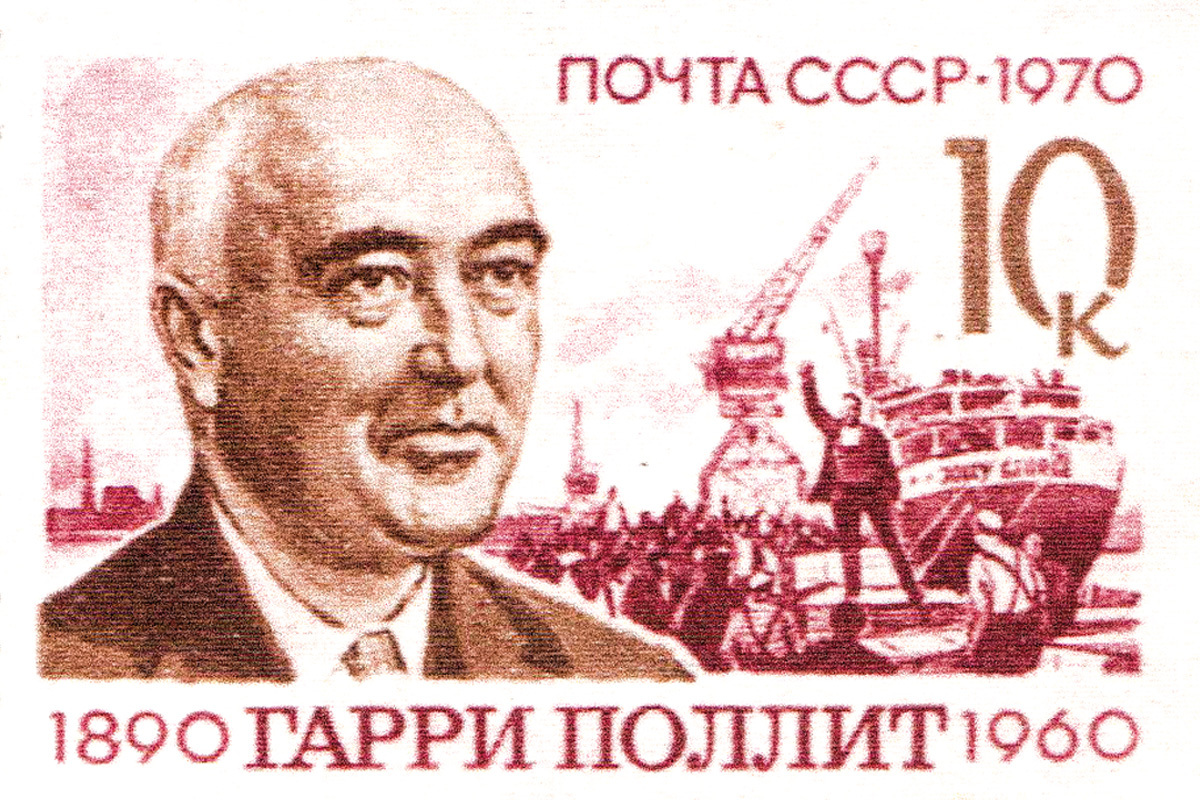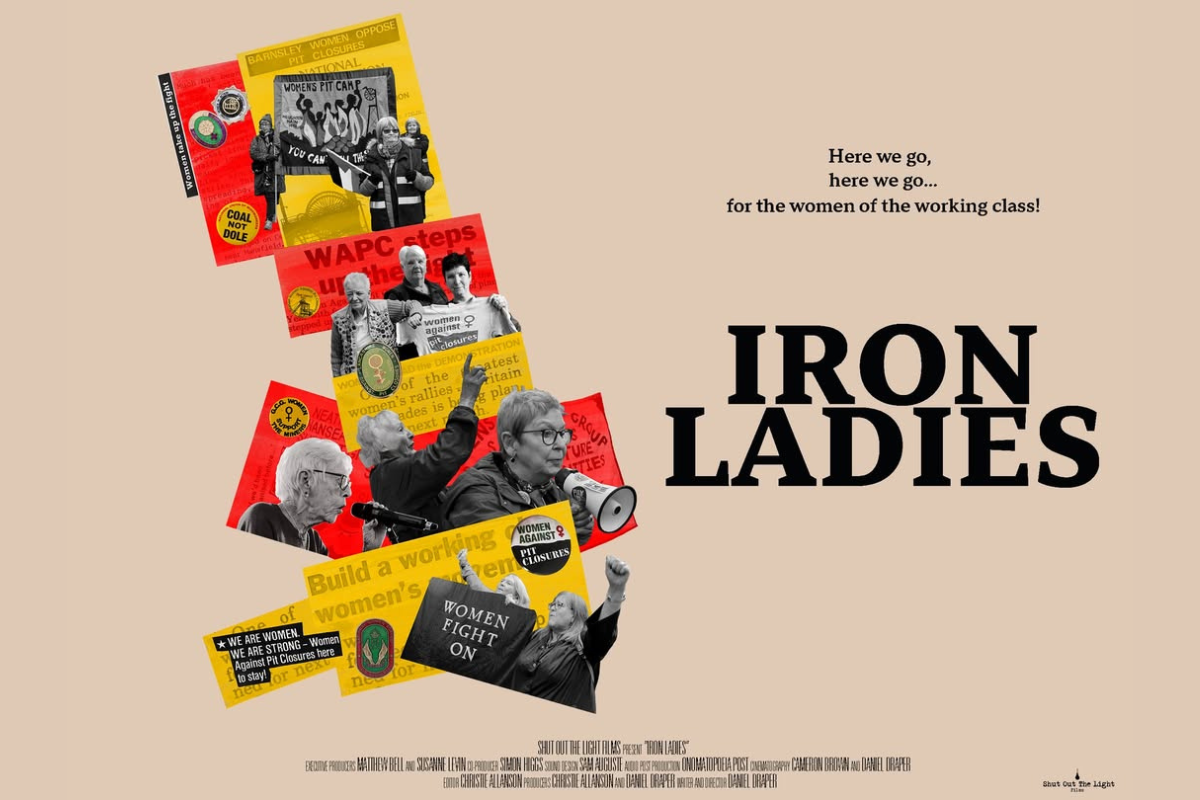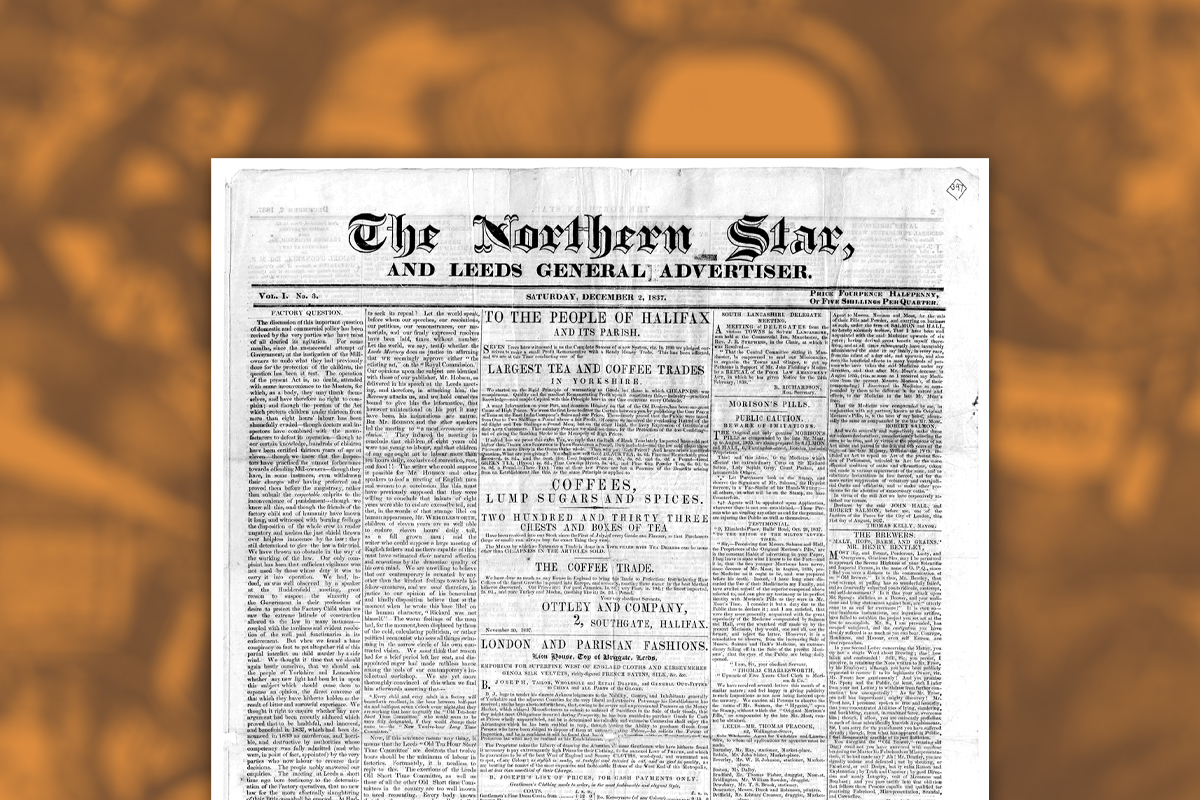On 18 June 1984, a mass picket was met with the full force of the state during the Great Miners’ Strike. The 5,000-strong picket was organised by the National Union of Mineworkers to prevent strikebreaking lorries sent in by the government from accessing the Orgreave coking works near Sheffield.
In response, 6,000 police officers equipped with riot gear, dogs and horses stormed the picket, under orders to “go in and hit them hard” and teach the miners a lesson. This resulted in 120 picketers being injured and 95 arrested, primarily on charges of riot or unlawful assembly.
Brutality
The police violence has often been described as ‘indiscriminate’: police charging at the pickets, wielding batons and bludgeoning anyone not in police uniform who crossed their path. Late in the day, after many had left the scene, bloodied picketers and bystanders were chased through the town of Orgreave by the police, looking to mete out a final beating in the way you might expect from a crazed mob.
The civil liberties group Liberty called it a “police riot”. But this wasn’t a case of random, uncontrolled violence or an anomalous example of misconduct. The government knew exactly who they were targeting – and that target was the organised working class. Indeed, Orgreave on 18 June was not the only pit village to be terrorised by the police during the year-long strike.
To understand why the state wanted revenge on the miners you have to look back at history. The militancy of the working class in Britain during the 1970s, in a response to the crisis of capitalism, had generated a sense of urgency and panic among the ruling classes.
Huge waves of strike action in both the public and private sector were seen throughout Britain. On 22 January 1979, the biggest individual day of strike action took place since the General Strike of 1926.
When Margaret Thatcher came to power later that year, she did so on a platform of ‘taking down the unions’ on a battleground of the government’s choosing. That battleground was Orgreave.
Still no justice
The miners had defeated the Heath government (something the Tories had never forgotten) and were considered to be the ‘shock battalions’ of the trade union movement.
From the logic of the ruling class, the use of military strength to crush the strike was obvious. These supposed methods of ‘riot control’, were inspired directly from policing in Northern Ireland during The Troubles. The Police Riots Manual gave officers a license to commit assaults indiscriminately.
Naturally, no investigation into the police conduct occurred, even when the trials of arrested picketers collapsed after the police evidence was deemed “unreliable”.
Only after the Hillsborough Disaster in 1989 – another showcase of the failings of South Yorkshire police – did 39 miners (but no more) receive compensation in 1991 from the police, in an attempt to cover up their brutality in the face of another scandal.
But this isn’t justice. And despite an ongoing campaign for a full investigation into the events at Orgreave, the Independent Police Commission (IPCC) reaffirmed in 2015 that they would do no such thing. This despite the fact that the IPCC itself confirmed that there was:
“…evidence of excessive violence by police officers, a false narrative from police exaggerating violence by miners, perjury by officers giving evidence to prosecute the arrested men, and an apparent coverup of that perjury by senior officers.”
Struggles ahead
The defeat of the miners in March 1985 was a colossal blow to the British labour movement. It helped to usher in the rightward shift of ‘New Realism’ in the trade unions and Blairism in the Labour Party, which Thatcher coined as her “greatest creation”. Trade union membership was at its peak in 1980 with 12 million members, but today it has halved to 6 million.
But Thatcher succeeded only temporarily. The discontent in society did not go away, but built up beneath the surface. This burst out into the open following the 2008 crash, leading to a renewal of trade union struggles, and later a massive leftward shift in the Labour Party under Jeremy Corbyn’s leadership.
Over the last few years, we’ve seen strikes from workers that haven’t been organised before: in McDonald’s, TGI Fridays, Deliveroo and other precarious industries. The truth is, the working class has never been stronger – but that power needs to be realised through mass organisation, fighting leadership, and clear socialist aims.
The current crisis of capitalism isn’t going to disappear. Class struggle is on the order of the day. The events at Orgreave give us a taste of the violent, repressive apparatus that the ruling class will attempt to use again against the organised working class in these future battles. The only protection against such attacks is workers’ unity, militant struggle, and a bold socialist programme.






